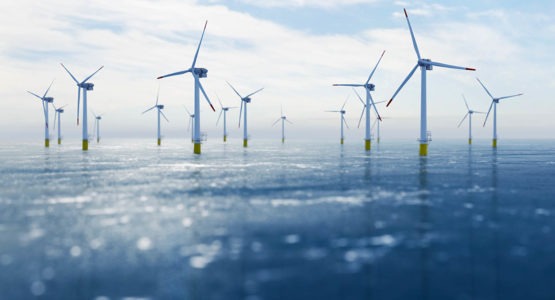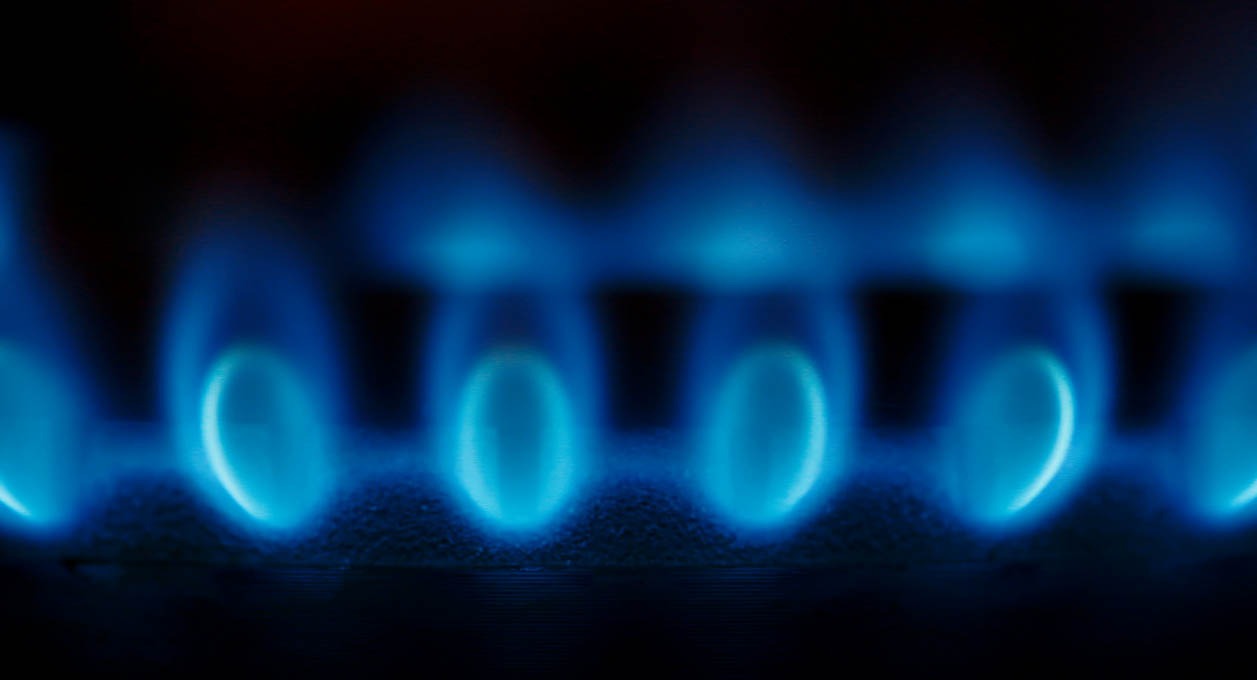An Independent committee of experts should scrutinise the economic and technical feasibility of zero-carbon pledges by the CCC, says the Gas Users Organisation, that speaks for the 24 million households that use gas heating.
It would be hugely foolish to consider phasing out natural gas in people’s homes, which is clean, convenient and the cheapest option, in favour of a jam-tomorrow pipe dream which assumes a massive increase in supply of zero-carbon electricity.
Climate Change Committee
The Climate Change Committee (CCC) has announced the target, in its new Carbon Budget Document released on 9th December, that “By the early 2030s … … all boiler replacements in homes in homes and other buildings are low-carbon – largely electric”
To achieve this, the CCC are proposing that the UK could have a zero-carbon electricity supply industry by 2035, including a huge increase in capacity
The Gas Users Organisation doubts whether these targets are achievable, and calls for caution over changes that would disadvantage households who currently use gas for heating.
Gas Users Organisation Technical Director, Andrew Newman, explains:
“These issues are both too important and too complex to be dealt with by the CCC, without a rigorous process of their decisions being challenged. The Gas Users Organisation calls for a separate “red team” committee of independent engineers, industry experts, trades union and economic experts to assess the feasibility and costs of achieving these very challenging objectives. In particular this committee should look at the investment needed to develop a local content supply chain after the BiFab collapse
“The Committee on Climate Change (CCC) are posing very ambitious targets, and we are not confident that they can be achieved, either economically, or in terms of engineering feasibility”.
“There is a huge risk that large scale commitments could be made for decarbonising the heating systems in our homes based upon unrealistic targets for future zero-carbon electricity that are unlikely to be met.
This would involve higher prices, additional costs and inconvenience for households; it would jeopardise jobs in UK supply chains; and destroy the jobs of the gas service engineers right across the country”.
“The CCC is saying that “electricity generation should be fully decarbonised by 2035. That will need to happen while meeting a 50% increase in demand“, and “doubling or even trebling by demand by 2050“. They are proposing that this increase in capacity would allow most homes to be heated by electricity.
“There are a number of problems with this. Firstly, just two years ago, the CCC itself concluded that for fully electrified heating, up to 4 or 5 times as much electricity capacity would be needed compared to today, a much larger increase than they are now estimating.
“Furthermore, the CCC calls for “additional ‘back up’ electricity generation capacity in excess of 100 GW – roughly equivalent to the size of today’s electricity system – could be required to meet electrified heat demand during peak periods.” Peak demand is easily met today by simply drawing more gas from storage.

So, the CCC’s plan even in its own terms is not promising enough capacity to deliver zero-carbon electricity for all our homes. It would be hugely foolish to consider phasing out natural gas in people’s homes, which is clean, convenient and the cheapest option, in favour of a jam-tomorrow pipe dream.
“Secondly, the target of 90 GW of zero-carbon electricity looks very unlikely. To put the size of the change in context, the new Hinckley Point C new nuclear power will have the capacity to supply 3.2 GW zero carbon emissions electricity.
It’s the only new nuclear station commissioned to date. Wind farms have the current capacity for 10.4 GW electricity. Solar energy has a capacity of 2.2 GW of electricity. Good progress is being made in the zero-carbon emissions electricity journey, but the most difficult challenges are still ahead of us”.
“Furthermore, the CCC calls for more use of “storage” for electricity, but no details of how this huge engineering challenge would be met. Energy Storage is far from being “shovel ready”.
Both the costs and feasibility of the technology at the required scale are unproven. To put this level of requirement in perspective, there is currently just 4 GW of storage projects in planning, in addition to the just 1 GW of battery storage already in operation
“We also have very serious concerns about the lack of concern about jobs in the supply chain.
There are no UK based facilities to build the 2,700 giant wind turbines and jackets required to deliver 30GW of electricity by 2035. This is 180 turbines and jackets each year every year for the next 15 years.
The facilities to make just eight jackets at BiFab recently collapsed into administration and both the UK and Scottish governments said that state aid rules prevented them from intervening to save the company”.
“UK manufacturers currently lead the world in gas boilers, and a move to heat pumps would probably lead to them being replaced by imported systems from overseas”.




